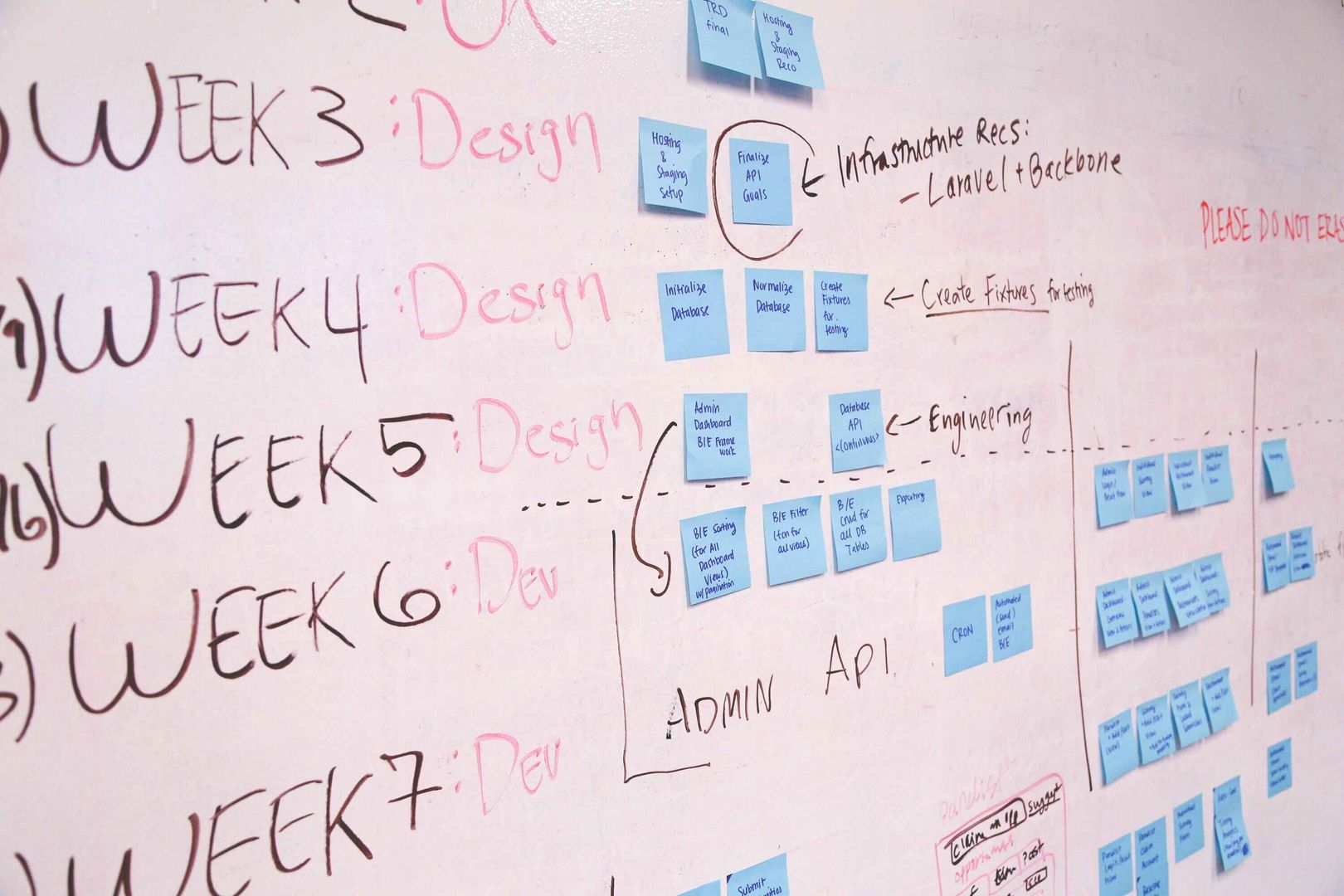
Effective software development isn't just about writing code. It's about creating a product that meets user needs, is reliable, and can be maintained and improved over time. Here are some best practices to ensure your software development process is top-notch.
Understanding what the users need is the first step. Without clear requirements, you might build something nobody wants. Engage with stakeholders to gather and document their needs. Use techniques like user stories and personas to visualize the end-user's expectations.
Agile is a flexible approach that focuses on iterative development. This means breaking the project into smaller parts called sprints. Each sprint results in a usable product increment. Regular feedback from users helps you stay on track and adapt to changes quickly.
Using a version control system like Git is crucial. It allows multiple developers to work on the same project without conflicts. It also keeps a history of changes, so you can revert to previous versions if needed. This practice makes collaboration and error recovery easier.
Code reviews are an essential part of maintaining code quality. They involve having other developers check your code before it’s merged into the main project. This helps catch bugs early, ensures best practices are followed, and fosters knowledge sharing within the team.
Testing your code manually can be time-consuming and error-prone. Automated tests run by software can check your code for bugs every time you make a change. Unit tests, integration tests, and end-to-end tests help ensure your software works as expected.

CI/CD automates the process of integrating code changes and deploying them to production. Continuous Integration ensures that new code integrates smoothly with the existing codebase. Continuous Deployment automates the release process, making updates quicker and more reliable.
Good documentation is the backbone of any successful software project. It helps new developers understand the project and makes it easier to maintain and update the software. Document your code, APIs, and any other relevant information.
Design your software with the user in mind. Conduct user research to understand their needs and preferences. Create intuitive and accessible interfaces. A user-friendly design enhances the user experience and reduces the learning curve.
Incorporate security from the start. Follow best practices like input validation, encryption, and regular security audits. Ensure that your software complies with relevant security standards and regulations, such as GDPR or HIPAA, to protect user data. This helps build trust with your users and protects against potential data breaches.
Efficient software is not only fast but also uses resources wisely. Optimize your code for performance by minimizing resource usage and improving response times. Regularly monitor and profile your software to identify and fix performance bottlenecks.
Effective software development is a blend of technical skills and good practices. By following these best practices, you can build high-quality software that meets user needs, is secure, and easy to maintain. Stay flexible, keep learning, and always prioritize the user experience.
By focusing on these principles, you'll set your projects up for success and create software that truly stands out.






Don’t miss out on the latest updates and expert advice from Perisync. Subscribe to our blog and get fresh content delivered straight to your inbox, so you’re always informed and ready to take on the next big challenge.



